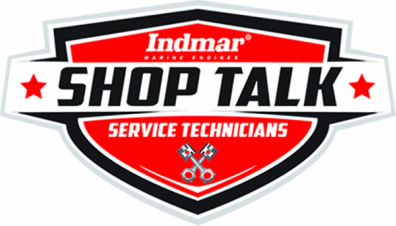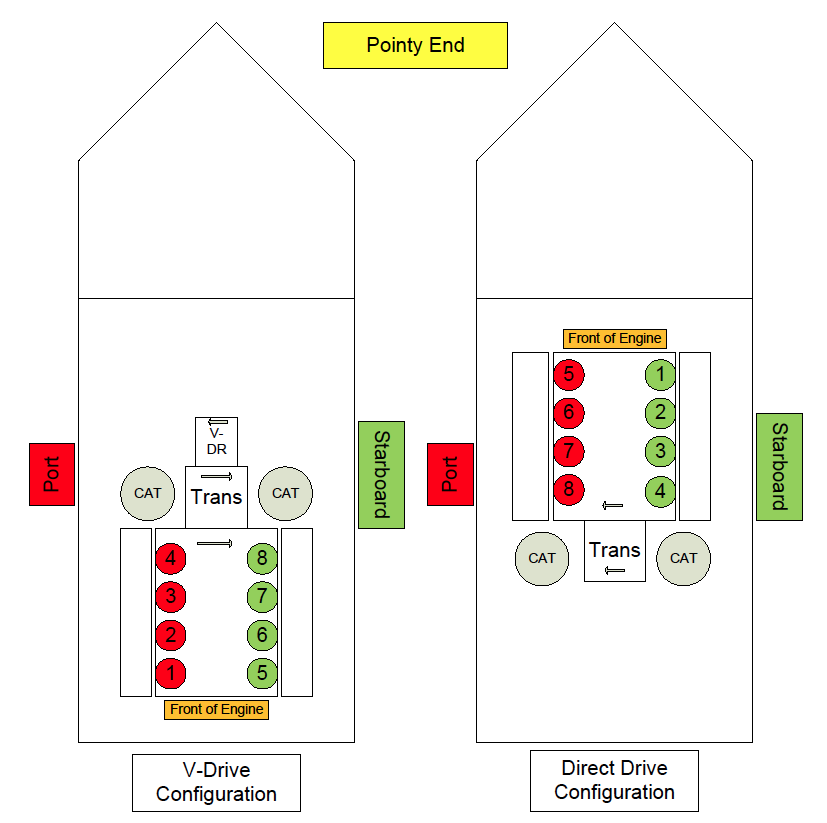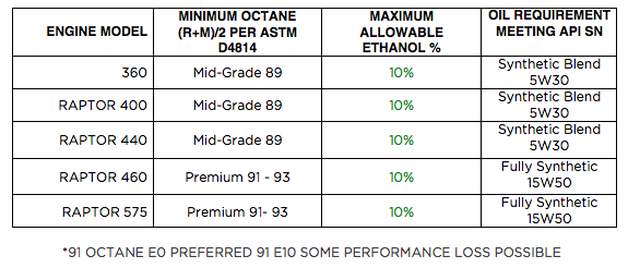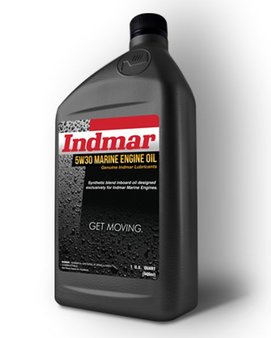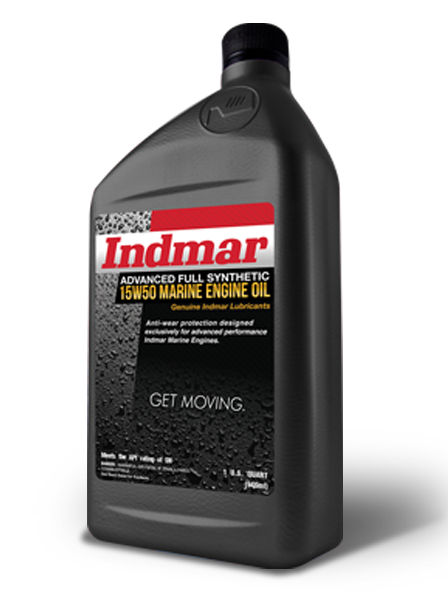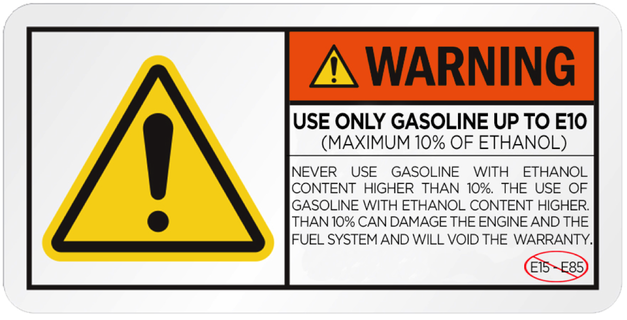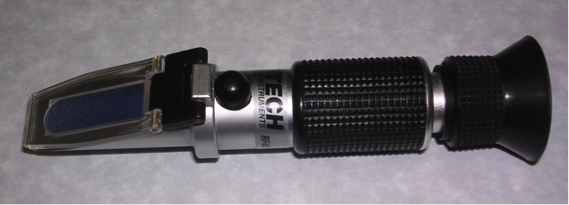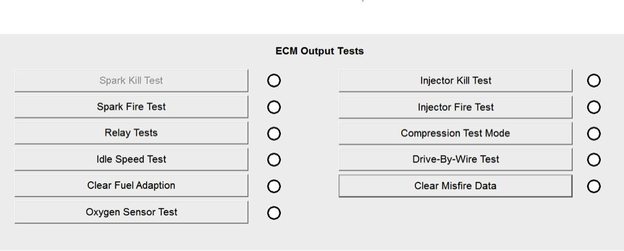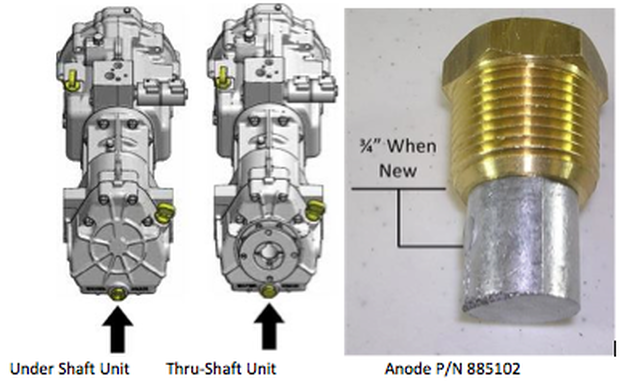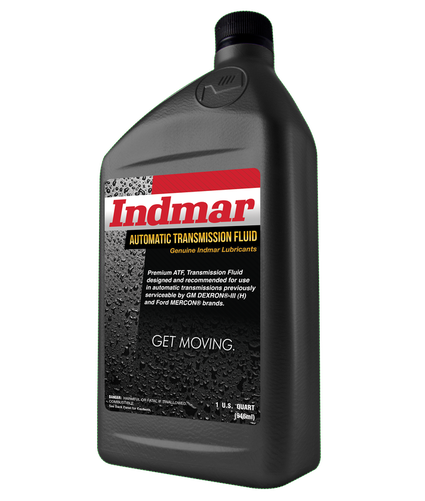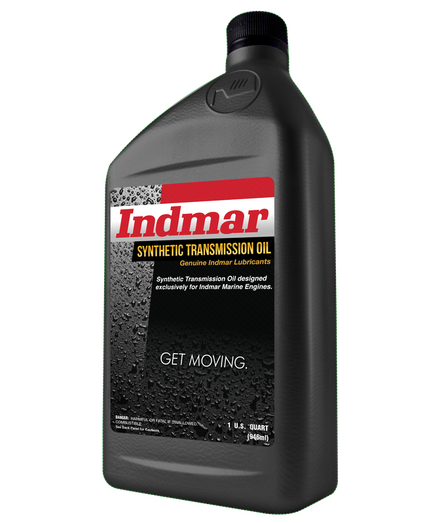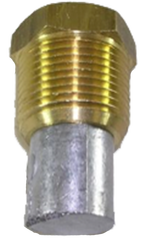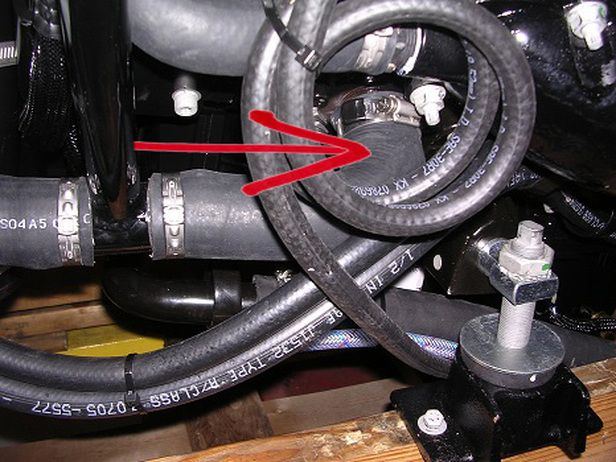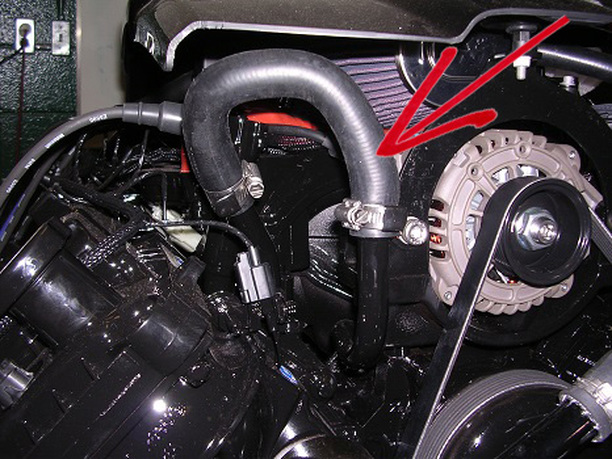|
Our 6.2L Ford based product has been out in the field for a few years now and there is still confusion regarding cylinder numbering/ location and the configurations that the engines are installed in the boats. The cylinder numbering and location on the Fords id different than the GM products we are all used to. Below is a diagram to help you keep everything straight. We suggest you print out a copy and stick it on your tool box like all of us have!
1 Comment
It is critical that the fuel and oil requirements for the various Indmar/Ford based engines are followed. The standard model 360 and the premium 400 and 440 (Malibu 410 and 450) models are designed to operate on 89 octane fuel with a maximum ethanol content of 10%. The new model 460 and the supercharged 575 are designed to run on premium grade, 91-93 octane fuel with a maximum of 10% ethanol. All of the 6.2L Indmar/Ford engines are equipped with knock sensors that will detect pre-ignition and detonation to help protect the engine from damage if the fuel quality is low and the engine starts ”pinging” or “spark knocking”. Unfortunately, there is a limit to how much protection the system can provide. Typically the system responds to spark knock by retarding the ignition timing. In most cases, retarding the timing by a few degrees will stop the knock and protect the engine. There are situations where the system has retarded the ignition timing to the maximum allowable limit and the knock continues. This most often occurs in situations where the boat is heavily loaded, is over propped so the engine is unable to turn in its designated RPM range, and the fuel is not the required octane level for the engine. The result of operating the engine in those “continuous knock” conditions is generally catastrophic engine failure that is not covered by Indmar’s limited warranty.
The Indmar branded 5W30 and 15W50 are recommended and meet all of our requirements but any commercially available oils meeting the engine’s requirements are acceptable.
The use of an oil that does not meet Indmar’s viscosity and API requirements and a lubrication related engine failure occurs, that failure may not be warrantable. A normal 50:50 mix of propylene glycol provides a protection level that will allow an engine to operate at -26°F (-32°C). That means that no ice crystals will form in the coolant till the temperature drops below -26°F (-32°C). This is referred to as the freezing point of the anti-freeze. At any ratio of 35:65 (35%) or higher, propylene glycol provides additional protection to lower than -50°F (-46°C). This protection level is referred to as the burst point. The burst point is the point where the crystals in the coolant are able to expand and cause damage to the cooling system. In other words, it is OK for the coolant in the cooling system of an engine to turn to slush as long as the engine is just being stored and will not be expected to operate till the weather gets warmer. Since it is pretty unrealistic to think that a customer will actually be using their boat at -26°F, the bursting point becomes the more important value to pay attention to. Following is a chart showing the anti-freeze ratio and the corresponding freezing point and burst point. A 40/60 (40%) ratio provides adequate burst protection for most of us. The 50/50 (50%) mix historically has been the recommended concentration because of the convenience being able to determine how much anti-freeze and water you need to use for a given system. Remember to use a refractometer to get an accurate measurement of the anti-freeze concentration. Adequate protection from freeze damage is the responsibility of the boat owner. This service publication is for informational purposes only. Indmar does not assume any responsibility for damages caused by freezing of the engine's cooling system. ECM - When in doubt. . . Clear it out!The ECM used on our engines since the 2006 model year have many more capabilities than earlier ECM’s had. They have the ability to control the throttle, ignition timing, fuel trim and many other things as well as the ability to learn and remember those adjustments so it can control the engine operation the same way the next time the engine is operated under those same conditions. This function of the ECM is referred to as “adaptive learning”. Besides remembering when the engine is running well, the adaptive learning also remembers what is going on when the engine is running under less than ideal conditions. For example, if the engine has a fuel pump that is putting out slightly less pressure than it should be, the ECM compensates for the lower fuel pressure and increases the fuel injector on-time and other parameters to reduce the possibility of engine damage. The adaptive learning remembers this and on subsequent start-ups, uses this stored information as a starting point. If you discover the issue and correct it, the ECM doesn’t know that and adjusts the engine parameters based old information. The ECM will eventually ”un-learn” the old information and “re-learn” how to run the engine with the appropriate fuel pressure, but it takes some time for this process. You can speed up this process by hooking up Diacom going to the “Tests” tab. There are two items on the tests tab that you need to look for. One is called “Clear Fuel Adaptation” and the other is “Clear Misfire Data” All you have to click on each one independently and follow the instructions. This will set everything back to a starting point and let the fuel adaptation and misfire counter start learning from a clean starting point. When in doubt … Clear it out! INDMAR V TRANSMISSION SERVICE All of our current engines are equipped with Indmar-V transmissions. Depending on the application, the V-drive could be an under-shaft model or a through-shaft model. The service/maintenance for either model is the same. Checking Fluid – Shifting Portion – Red Dipstick
NOTE: Once you have established the appropriate fluid level, it may be beneficial to let the transmission cool down (preferably overnight) and all of the fluid drain back. Pull the dipstick and wipe it off. Reinstall the dipstick but don’t thread it in. Remove the dipstick and mark a “Full Cold” level on the dipstick for ease of checking in the future. Don’t forget to point this out to the boat owner/operator. Checking oil – V-drive Portion – Yellow Dipstick
Anode Check The Indmar-V is equipped with an anode as part of the water drain plug that must be removed for winterization. When the anode is new, the active material is approximately ¾” long. If more than half of the anode has been consumed, replace it. TRANSMISSION CONSUMABLES Transmission Fluid Shifting Portion – Red Dipstick End Automatic Transmission Fluid Dexron III or higher. Approx. 2.3 quarts (use dipstick). Indmar P/N 872020 Transmission Oil V-drive Portion – Yellow Dipstick Synthetic Transmission Fluid 50. Approx. 1.25 quarts (use dipstick). Indmar P/N 872022 Drain Plug/Anode Indmar P/N 885102 We recommend that the propylene glycol anti-freeze that comes in all of our 6.2L Ford based engines gets replaced after two seasons of use. Drain the coolant from the system by removing the pressure cap from the high fill bottle then removing the hose indicated in the photograph below. Prepare the replacement coolant by mixing the appropriate amount of concentrated anti-freeze and water in a clean container. The system holds approximately 12-14 quarts. A 50:50 mix like we use gives you freeze protection to -28 degrees F (-33.3 C) and burst protection to -75 degrees F (-59.4 C). Replace the hose you removed to drain the system and disconnect the heater hose from the fitting closest to the alternator as indicated in the photograph below. Pour coolant into the system through the high-fill bottle till coolant comes out of the heater inlet tube. Reconnect the heater hose to the heater inlet tube.
Fill the high-fill bottle to the MAX fill line, Install the cap on the high-fill bottle and back it off one full turn. Apply water to the engine’s raw water cooling system and start the engine and let it idle for two minutes. Increase the engine RPM to 3000 and let the engine run till the engine comes up to operating temperature, between 153 and 163 Degrees F. Bring the engine back to idle RPM. Determine if the thermostat has opened by feeling the coolant (anti-freeze) hoses at the top and bottom of the heat exchanger. If these hoses are warm, the thermostat has opened. If the coolant level in the high-fill bottle had dropped, add coolant to the MAX line and replace the cap. Run the engine at 3000 RPM for an additional two minutes. The coolant level should stabilize. Shut the engine off and let it cool, preferably overnight. As the engine cools, the coolant level in the high-fill bottle will drop. With the engine cooled to room temperature, adjust the coolant level in the high-fill bottle above the MIN line. Replace and tighten the cap and you should be done. |
|
© COPYRIGHT 2022 INDMAR MARINE ENGINES - ALL RIGHTS RESERVED.
PRIVACY POLICY | COOKIE POLICY | WEBSITE ACCESSIBILITY
ACCESS MACHINE-READABLE FILES CREATED AND PUBLISHED BY ANTHEM BCBS
PRIVACY POLICY | COOKIE POLICY | WEBSITE ACCESSIBILITY
ACCESS MACHINE-READABLE FILES CREATED AND PUBLISHED BY ANTHEM BCBS
